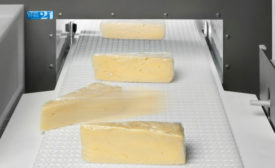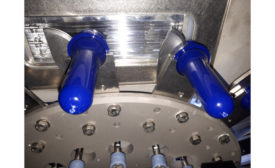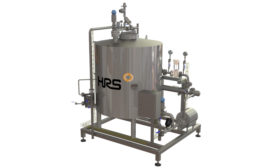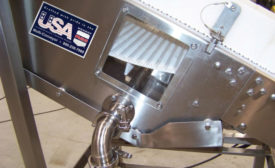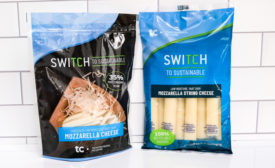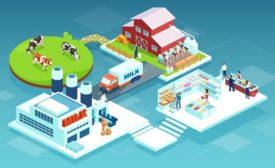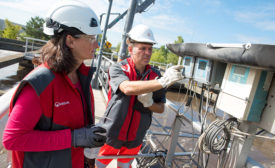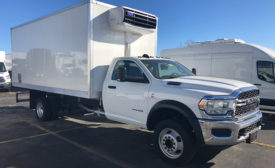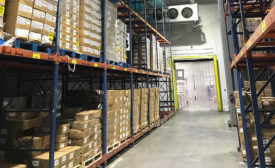Articles by Richard Mitchell
Enhancements to metal detection and X-ray technologies are enabling processors to better detect contaminants in dairy products.
Read More
The dairy packaging sector feels the heat
Aseptic and retort packaging are becoming more popular and potent forces in the war against pathogens.
December 3, 2021
2021 State of the Industry: Ingredients share greetings from Innovation Highway
It is life in the fast lane for dairy ingredient developers, as the suppliers rush to meet the breakneck shopper demand for wellness-oriented products.
October 21, 2021
Heat exchangers offer big processing paybacks
Selecting the proper heat exchanger and keeping the system operating efficiently can be challenging but fruitful.
September 29, 2021
Conveyors and palletizers: One size does not fit all dairy processors
A wide array of variables make conveyor and palletizer purchasing a tricky endeavor.
August 20, 2021
Dairy processors catch the packaging wave
A growing array of packaging technologies and materials is helping to make dairy products more appealing, but leveraging the ideal options can be challenging.
July 22, 2021
Sustainability enters the dairy supply chain spotlight
Dairy processors can appeal to the large base of eco-conscious consumers by emphasizing sustainability throughout their supply chains, but compliance can be complex.
July 8, 2021
Go with the eco-friendly flow in dairy processing operations
Dairy processors are in a position to reduce water and energy volumes, but taking advantage of the opportunities will require the proper attitude.
June 4, 2021
Transportation can be tricky for dairy processors
Dairy processors seeking to haul products in the most efficient and safest manner must leverage the optimal vehicles, monitoring technologies and operating methodologies.
May 12, 2021
Mechanization picks ups steam in dairy processing warehouses
Dairy processors are slicing labor and other operational expenses by leveraging advanced technologies that support supply chains, logistics and other warehouse functions.
March 24, 2021
Stay ahead of the curve. Unlock a dose of cutting-edge insights.
Receive our premium content directly to your inbox.
SIGN-UP TODAYCopyright ©2024. All Rights Reserved BNP Media.
Design, CMS, Hosting & Web Development :: ePublishing
